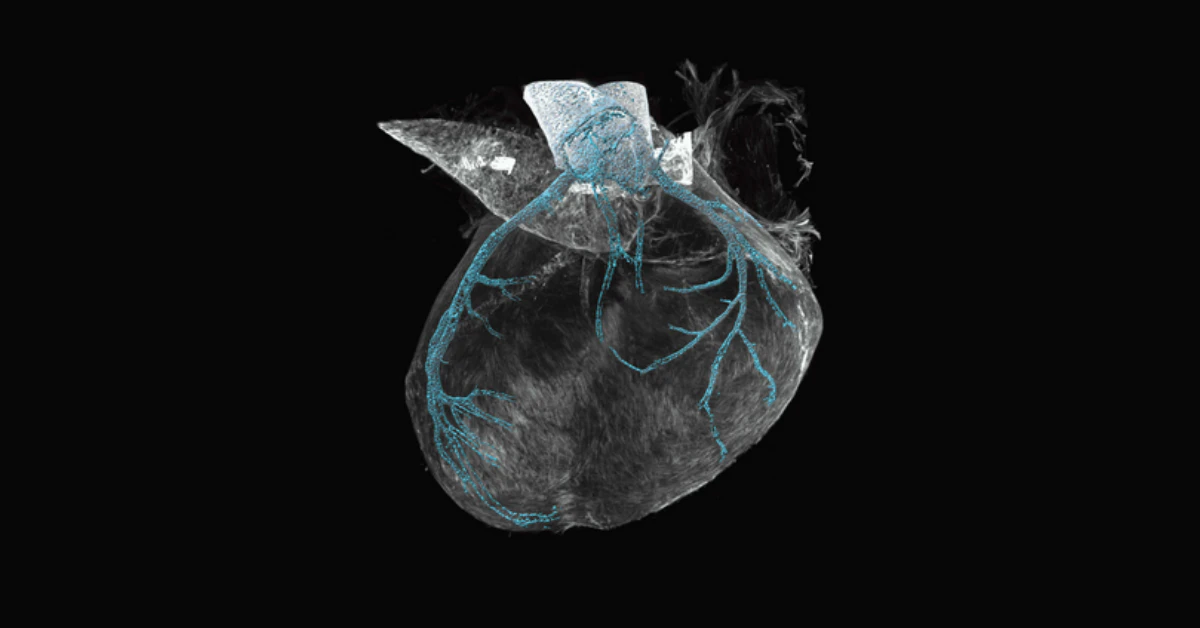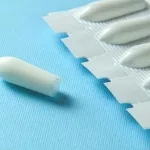Hey there. Let’s cut to the chase.
You’ve heard of PIEZO2, right? That’s the ion channel that makes you flinch when you stub your toe or grin when the breeze skips over your skin… yeah, the one you thought was “just for touch.” Turns out, it’s quietly drafting blueprints for your coronary arteries too. And if that tug-of-war isn’t balanced? Things can get real messy down there.
Read this post, and let’s explore why this discovery matters—not just for researchers, but maybe for families affected by congenital heart defects.
When PIEZO2 Fails: Behind Heart Defects
This is the 12-month-old mystery medical detectives just cracked open. PIEZO2, best known for sensing touch, also guides coronary vessels to develop correctly. What happens when that doesn’t click? Let’s talk.
Congenital heart defects—could PIEZO2 mutations be to blame?
Imagine a baby’s heart coming together in their mother’s womb. Every beat depends on those delicate blood vessels wrapping around the heart like a vineyard, ensuring every corner gets oxygen and nutrients. Now, think about PIEZO2 as the guy in the back, eyeing a box. If he isn’t opening it full up to let the clues through? That vineyard ends up warped—missing branches, collateral veins twisted like noodles. Technical translation? Congenital heart defects — things like malformed coronary arteries or inadequate muscle connections.
So, what if this tiny channel is why some hearts start off flawed? It could be. Annette Hammes’s team from the Max Delbrück Center suggested exactly that in their study in Nature Cardiovascular Research. And let’s tip the hat here—it’s bold work.
Is too much PIEZO2 activity safer than none?
Intuitively, we’d think “more is better,” right? Wrong. Turns out it’s like stirring soup: a gentle press is welcome—it flavors everything. But crank that ladle fast enough and all you get is chicken dropping out of the pot. With PIEZO2, either turning it off or cranking its activity can wreck the arteries in different ways.
In mouse models, too much PIEZO2 activity meant their coronary vessels grew too fast in one direction and not enough in another. On the flip side, zero activity? Vessel networks were stunted… like atrophied roots never breaking into fresh soil. Either extremity brings trouble: structural weakness, improper heart nourishment, or even congenital misfit issues.
Piezo Functions at a Glance
| Piezo Channel | Primary Known Role | Role in Coronary Development |
|---|---|---|
| PIEZO1 | Processes blood flow sensing in vessels | Moderately connected—supports smooth muscle integrity |
| PIEZO2 | Senses touch, proprioception | Directly regulates vessel growth, shape, and fitness |
Okay, but how? Like, really—how does a skin sensor shape the heart?
Think about how your body talks to itself. That faint rustle when your sweater touches you? That’s PIEZO2 somewhere lighting up a classic signal. It’s also the same alarm bell steering your blood vessels’ growth pathways.
Literally turning mechanical stress into cellular action
This is basic biology that went off the rails. PIEZO2’s proteins act as pressure switches—when stretched (due to growth, motion, blood flow), they pop open like a curtain to let ions in. That triggers a Stormed rollercoaster of messages: “Grow here,” “Extend that way,” “Breathe deeper, heart.” These signals get dialed in precisely, like travel directions you wouldn’t miss. Without that precise feedback? Vessels wander… and separate oddly.
Check the science here: they bred mice with broken PIEZO2, and their hearts got criss-cross coronary circuits. No mainstream path for oxygen-rich blood. Result? Carbon copies of humans battling rare heart diseases, stuck in guesswork medical loops ( bioRxiv.org preprint explored this up close).
The unexpected question: can we “fix” PIEZO2?
Heads up—not yet, but… hang with me here. This could be the new frontier in cardiovascular research. Not science fiction, mind you. But sort-of, almost-there future stuff.
Potential drug therapies? Let’s hover at the base camp
Pharma has started eyeing ways to hush or heighten PIEZO2 when it misfires. Target this mess, maybe it’ll redirect artery growth. Imagine a toy truck signal-jamming villains on the road— is that possible? Early trials on rodents suggest we’re not there yet. But if courts keep up the calm? Maybe soon.
A holistic warning from researchers—these modulations can backfire. That enthusiasm you’re hearing lines up pretty tight with the humility studies stress. For now, our best crime is observation and study (>ScienceDirect study on arterial mechanics<).
Human applications: hope or hype?
There’s no endpoint yet. Yes, the paper trail is strong—especially from cell science reviews on these “mechanosensing” events. But bent sparks don’t become light bulbs overnight.
On top of waiting for validation, there’s the hurdle of translating animal study evidence to us. High fives on data from mice—we get it—but no jump-to-conclusions coat. False hope has no target; cutting edge belongs where it gets earned.
Putting PIEZO2 on the front burner of cardiovascular research
Why all the buzz now? Because this changes the game for congenital diseases. If we can understand how that heart blueprint works, maybe we can correct it—or at least chase down new diagnostics.
Why “mechanosensitive” is suddenly your kid’s issue
We’ve focused on genetic fingerprinting congenital issues—blaming single DNA letters. But here’s another lane opening. Mechanical “subways” built into the system. PIEZO2 seems to run that subway as it maps vessels. And if that’s ever underutilized, blinking, sluggish, or sprouting at awkward angles? We’ve got ourselves a problem.
Big part of why this matters: it could reveal a weakness. For instance, testing newborns for faulty PIEZO2 instead of relying on broad scans alone—look first where malfunction affects both skin and heart. News like this—early findings from Nature’s review—are hotbed material for pediatric point collecting!
But wait—what if PIEZO2 predicts risks in adults too?
There’s a sneaky thought. While babies steal the spotlight in this PIEZO2 tangle, experts toss this out: Could these subtle instabilities even factor into adult heart issues? Some speculate irregular PIEZO2 reactions under high blood pressure stress, for example, could desensitize blood vessel growth—like your arteries throwing away the roadmap under a storm.
Nonetheless, that’s speculative at this point. ScienceDirect calls it a “directive theory” to keep under scope. Think scientific doughnuts on a firing pin—lots of frosting ideas, but barely bitten!
Closing thoughts: A touch-sensitive guardian of your heart’s design
See, it’s wild how now a sensor thread was concealed not just in your skin, but as DNA’s ticker tag for heart architecture. You dosed on the research wave—EVERYTHING is timely.
The top takeaway? This reshapes how congenital cases are investigated. Second? Overcorrection or suppression of PIEZO2 is just as risky. Third? Heart research just leveled up, and no one is left out of the breakneck pace (Wait… that part’s really wild!).
So what now? Follow journals like Nature Cardiovascular or cross-check builds like the ECSHG research into ground-breaking connections. Keep your eyes peeled. We might be closer to unraveling heart defects than we know!
P.S. Curious how this impacts your family tree? There’s room for concerns! Got Qs? Drop ’em here. One weird part about genetics—we’re always figuring together.


















Leave a Reply
You must be logged in to post a comment.